It’s not even 9am when I’m writing this article, and I’ve already barked sighs of dashed hopes. As I sit here paging through the press info about the new Leica 100-400mm f5-6.3 SL lens, I’m also searching for a sign of hope. If you’re savvy, you know one of the darkest secrets in the photo world: all the manufacturers share parts with one another. Further, a few companies more or less make the lenses for every brand, with a few exceptions. In my mind is one question: Is the new Leica 100-400mm f5-6.3 SL a clone of the Sigma variant? And if it is, is Leica making their version better the way they did with the 24-70mm f2.8?
Leica is also announcing a new 1.4x teleconverter. But that’s probably the lesser exciting of the two announcements.
Table of Contents
Could the Leica 100-400mm f5-6.3 SL be a Clone?
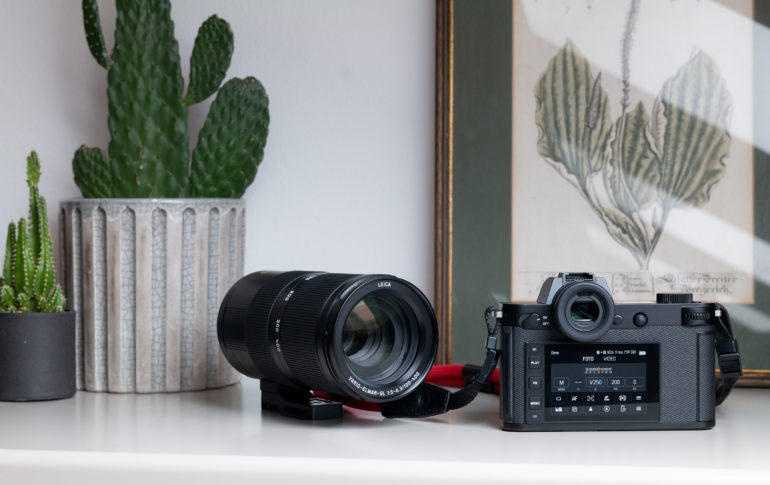
Before I go on, I want to clarify a point. We haven’t tested the new Leica 100-400mm f5-6.3 SL. So this post is based on a hypothesis based on what Leica has done before. When the 24-70mm f2.8 was announced, we got one before the announcement. But this time around, we’re not. Leica’s units are pretty scarce right now in America, though we’re usually at the top of the list.
Leica 100-400mm 45-6.3 SL Tech Specs vs. Sigma
This table uses information from Sigma’s website and modifies it to include the new Leica 100-400mm lens.
| Parameter | Sigma 100-400mm f5-6.3 DG DN Contemporary | Leica Vario-Elmar-SL 100-400 f/5-6.3 | |
| Lens Construction | 22 elements in 16 groups | 22 elements in 16 groups | |
|---|---|---|---|
| Angle of View (35mm) | 24.4° – 6.2° | 23.8° – 6.4° | |
| Number of Diaphragm Blades | 9 (Rounded diaphragm) | No info | |
| Minimum Aperture | f22 – 29 | f22 | |
| Minimum Focusing Distance | 112(W) – 160(T)cm | 1.10m – 1.59m | |
| Maximum Magnification Ratio | 1:4.1(400mm) | 1:4.1(400mm) | |
| Filter Size | φ 67mm | 82mm | |
| Dimensions (Diameter × Length) | φ 86.0mm × 197.2mm / φ 3.4in × 7.8in | 88mm x 198mm without lens hood | |
| Weight | 1,135g / 40.0oz. | 1530 g/1620 g (without/with lens hood) |
With a few exceptions, at least on paper, it seems that the Leica 100-400mm f5-6.3 SL and the Sigma 100-400mm are identical lenses. But there’s much more to a lens than just the specs we’re presenting here. We’ll get into that further later.
Leica’s History of Clones
When one thinks of the word “clone,” they believe it’s typically an identical copy. But in reality, there aren’t perfect copies of anything. So when folks say that a Chinese company made a clone or copy of a Leica lens, it’s never usually a perfect copy at all. The same thing applies to Leica, but in Leica’s case, there’s a strategic partnership in place. This is common throughout the industry; I mean, many Pentax and Sony lenses are made by Tamron.
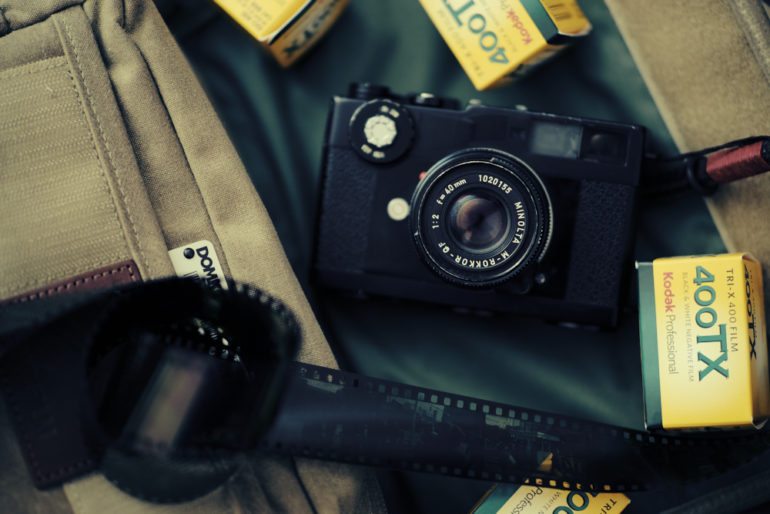
However, Leica has had a long history of making clones from other companies; they’re sometimes wrongfully marred for it. Over a decade ago, when I worked at B&H Photo, I had to explain to my boss why the D-LUX series is a good value vs. the Panasonic variants. Back then, you got a more extended warranty, and Adobe Lightroom and Photoshop bundled with it for maybe less than $200 more. He didn’t listen to me, and it only took his finding it on his own time to realize that this was a good deal.
But Leica’s history of making clones isn’t new with the Leica 100-400mm f5-6.3 SL. One of the most famous Leica clones is probably a camera you covet: the Leica CL. I’m referring to the original film camera, not the bastardized digital variant. The Leica CL was a collaboration between Leica and Minolta. Minolta got the CLE, Leica got the CL and the Leitz Minolta CL. They were more or less the same camera, and Leica sadly doesn’t like talking about it much. This is unfortunate, and it’s a critical part of their history, as many of the lenses were actually German-made.
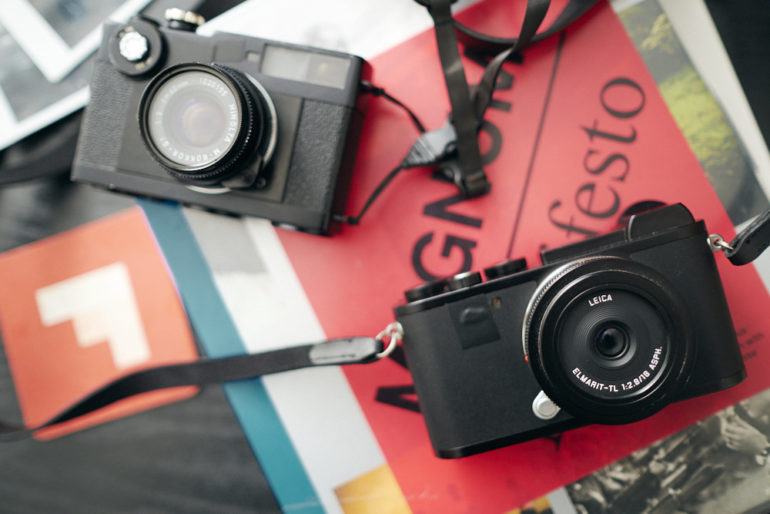
Since Panasonic started getting into digital cameras, Leica and Panasonic have had a close relationship. They often share a ton of info with one another, and it was only a matter of time until Panasonic hopped onto the L-Mount Alliance. Leica has made clones of a few Panasonic cameras over the years. And as we reported with the 007 edition of the D-LUX 7, they sometimes keep the tradition of the cameras alive far longer than Panasonic does.
With L-Mount, thindeedrely had to be a collaboration between Sigma and Leica. Leica has done this already with their 24-70mm f2.8. But this isn’t a perfect copy of Sigma’s lens. Instead, it’s marginally heavier, minutely larger, and has a faster autofocus motor. It’s been known for a while that Sigma’s focusing motors aren’t all that great or that there’s some sort of odd communication problem between the cameras. And that’s just not us saying that. Years ago, our Sigma reps would say that we should blame the slow focusing of their lenses on the camera system we’re testing. When I ran this by other third parties, they confirmed it. This was back in the DSLR days, and it’s more or less stayed the same in the mirrorless camera days.
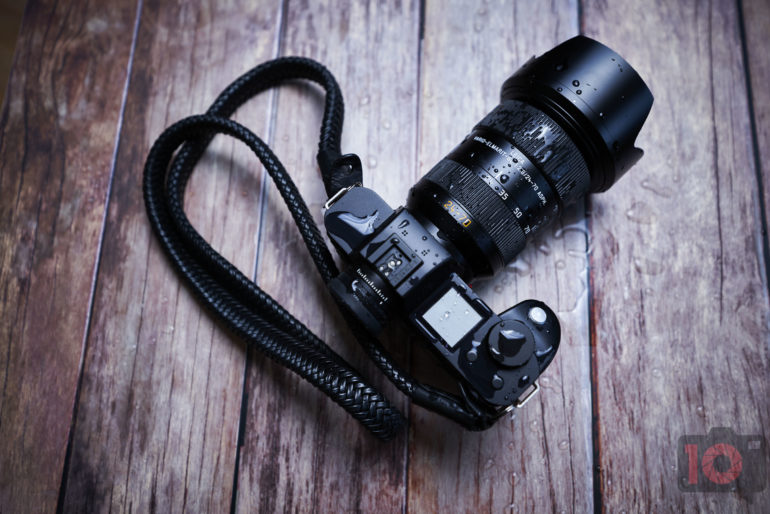
If you look at the E-Mount, Tamron lenses are far and a way faster than Sigma’s lenses because Sony is a partial owner of Tamron. Overall too, Tamron just makes lighter optics.
But Sigma is an active part of the creation with the L-Mount Alliance. Yet still, their lenses are often slower compared to competing lenses. And this time, we can’t blame the rest of the L-Mount alliance. Other members have actively told us that it’s an issue with the motors.
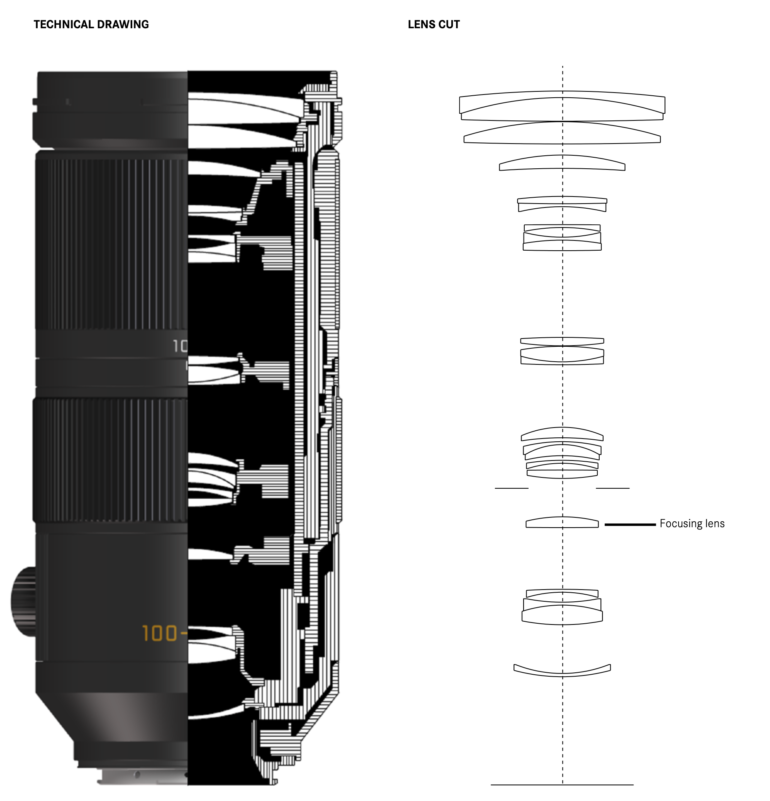
That brings me to one of the most fascinating points of the Leica 100-400mm f5-6.3 SL: it has a single-focusing lens optic. That’s right, there isn’t a group. In our review, we stated that the autofocus was good enough for birds and cyclists compared. But we tested the Sony E-mount version. And perhaps that means that the new Leica 100-400mm f5-6.3 SL will be fast to focus, too, if there’s a good motor inside.
What They’ve Done Different
The Sigma 100-400mm f5-6.3 DG DN OS Contemporary lens is fractionally lighter and smaller. It’s also only $949 whereas Leica is charging $2,195. But there’s more to why Leica is charging this much. The Leica 100-400mm f5-6.3 SL is fully weather-resistant, and to ensure that this is the case, Leica’s front filter thread is an 82mm size vs. Sigma’s 67mm. We’ve reviewed almost all of Leica’s SL lenses. And knowing how Leica designs them, we’re pretty sure that this was designed with weather resistance in mind.
Remember, this isn’t just any weather resistance. It’s designed to work with an IP-durability-rated camera system. OM System is the only other camera system that puts IP-durability ratings to its name. Additionally, a Leica SL stopped shrapnel and saved photojournalist Gabriele Micalizzi’s life.
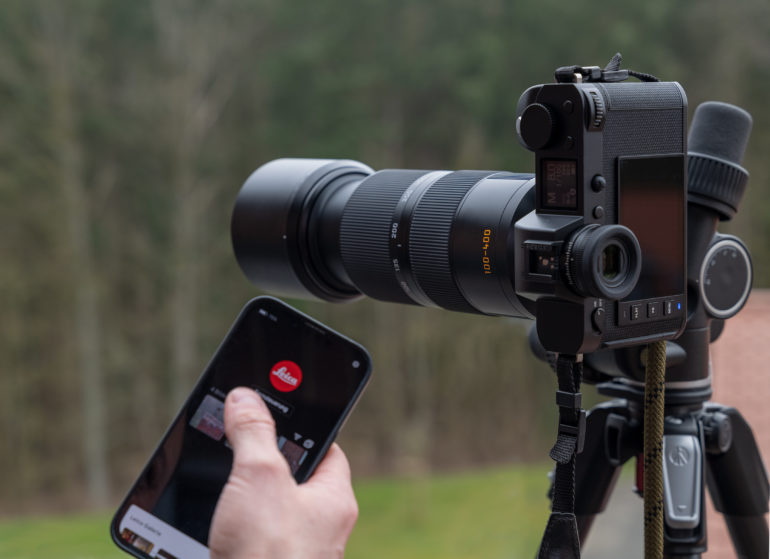
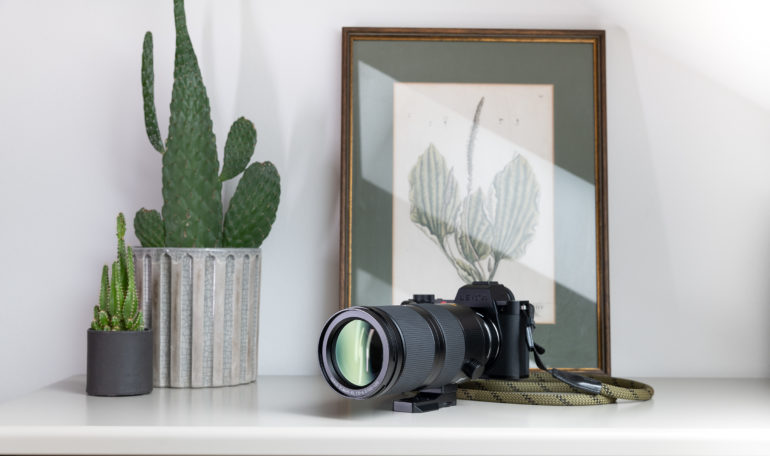

Comparatively, the Sigma Contemporary lens series is annoying and never made with weather-sealing throughout the bodies. The company only ever puts it at the camera mount, which doesn’t do anything. To clarify, we’re not talking about using the camera and lens in the rain and dust all the time — but we’re instead referring to the longevity of the product. We’d know after testing cameras and lenses for years: cameras with no weather resistance don’t last all that long. Debris and all kinds of stuff gets into there, and the performance suffers: ask any Ricoh GR digital camera owner about this.
So here’s the big question: is that kind of durability worth it to you? Mind you, this isn’t really an innovative lens except for the durability. Sony’s 100-400mm f4.5-5.6 G Master lens lets in slightly more light and is only a bit more expensive. Canon’s variant isn’t even weather resistant — but the 100-500mm L lens is still more expensive but delivers more range. Nikon’s has Sony’s range but is still more expensive than Sony’s variant.
When you really think about it, the new Leica 100-400mm f5-6.3 SL is working to compete more with Canon, Nikon, and Sony. I wouldn’t even put Sigma in the same category except for maybe image quality. At the same time, the competing lenses from the big three are guaranteed to run circles about Sigma’s speed.
B
But How Will it Perform?
Optically speaking, the Leica 100-400mm f5-6.3 SL seems to be identical to the Sigma variant. But there’s a lot more to a lens than what comes from the image quality. And we’re going to need to see how it is in the field with the Leica SL2-s. Stay tuned as we’re waiting for a review unit.


